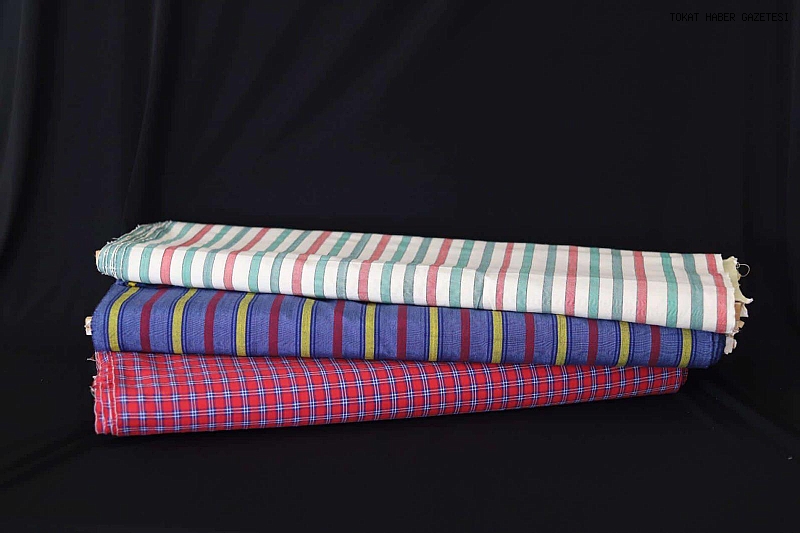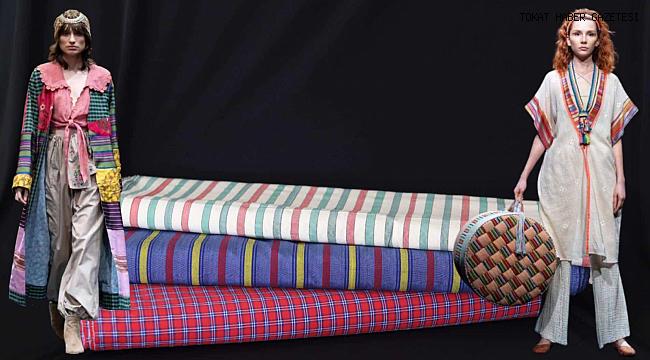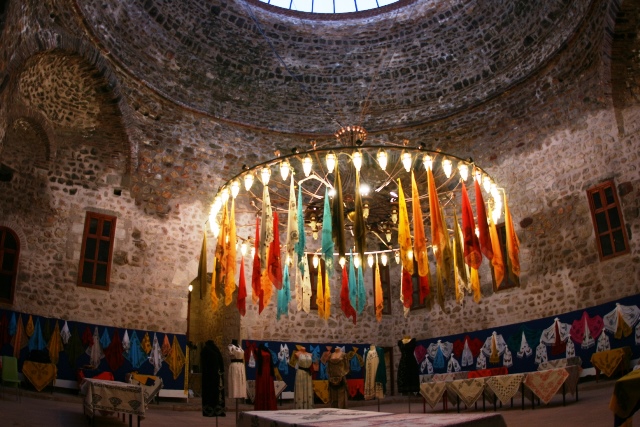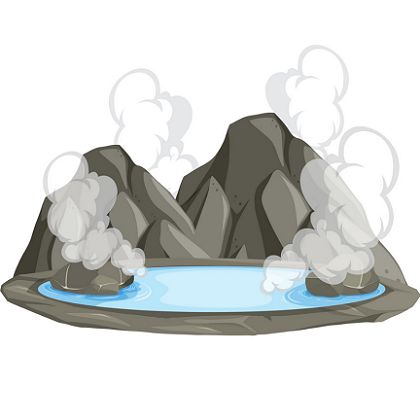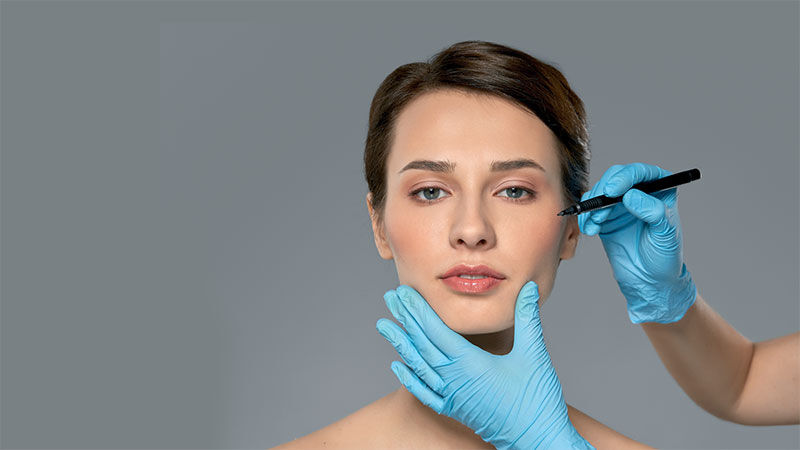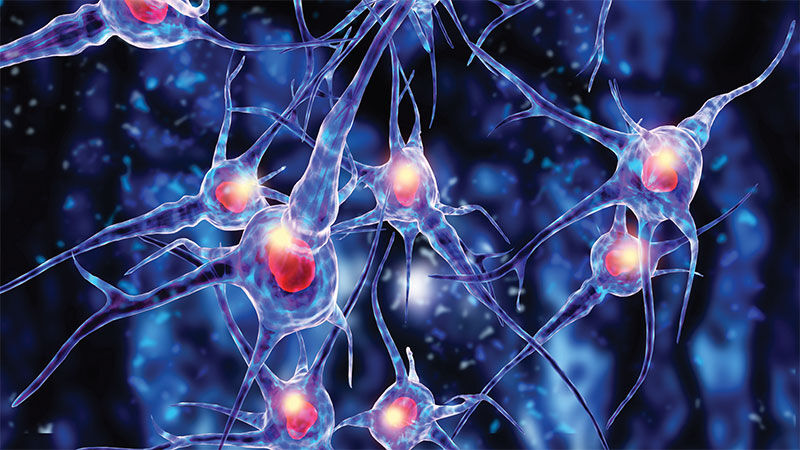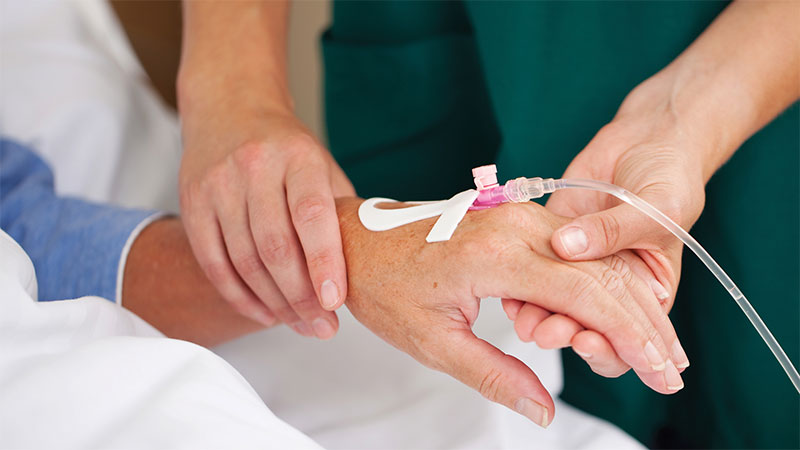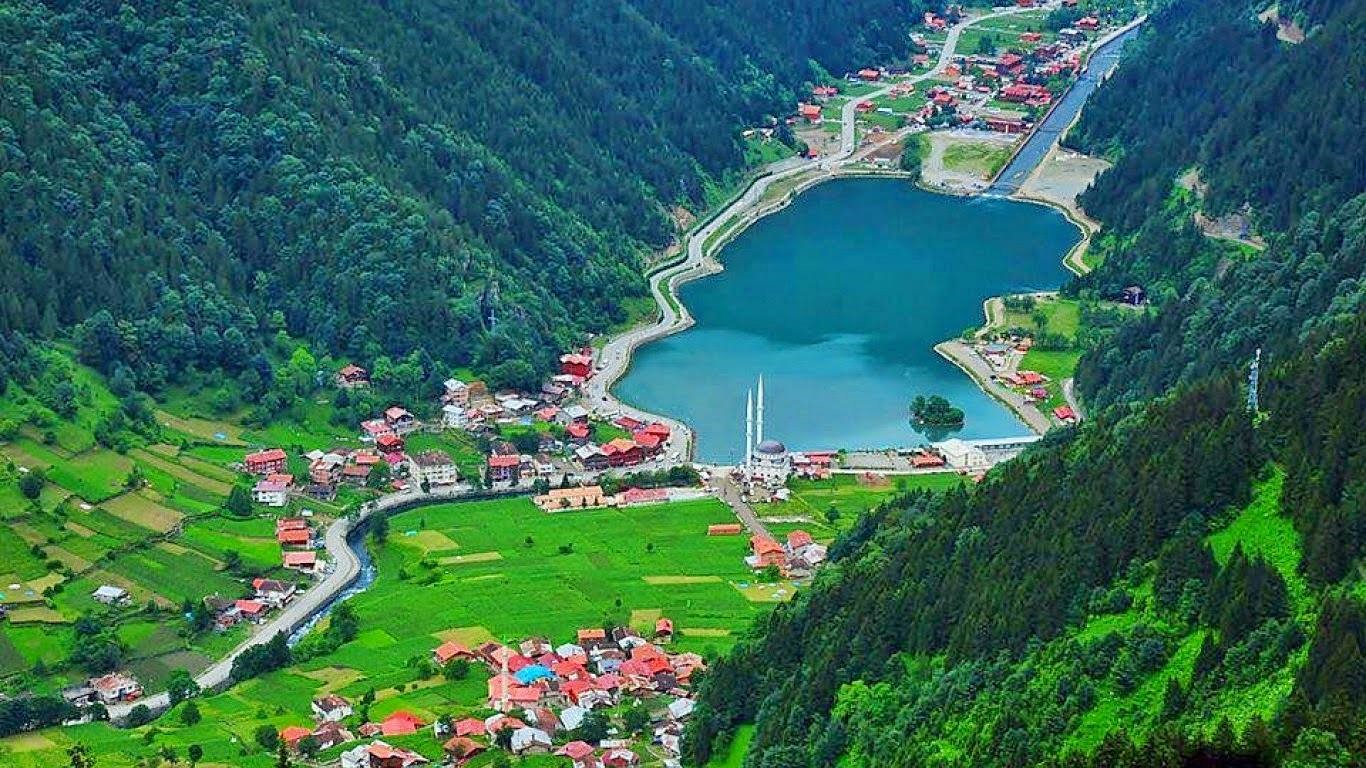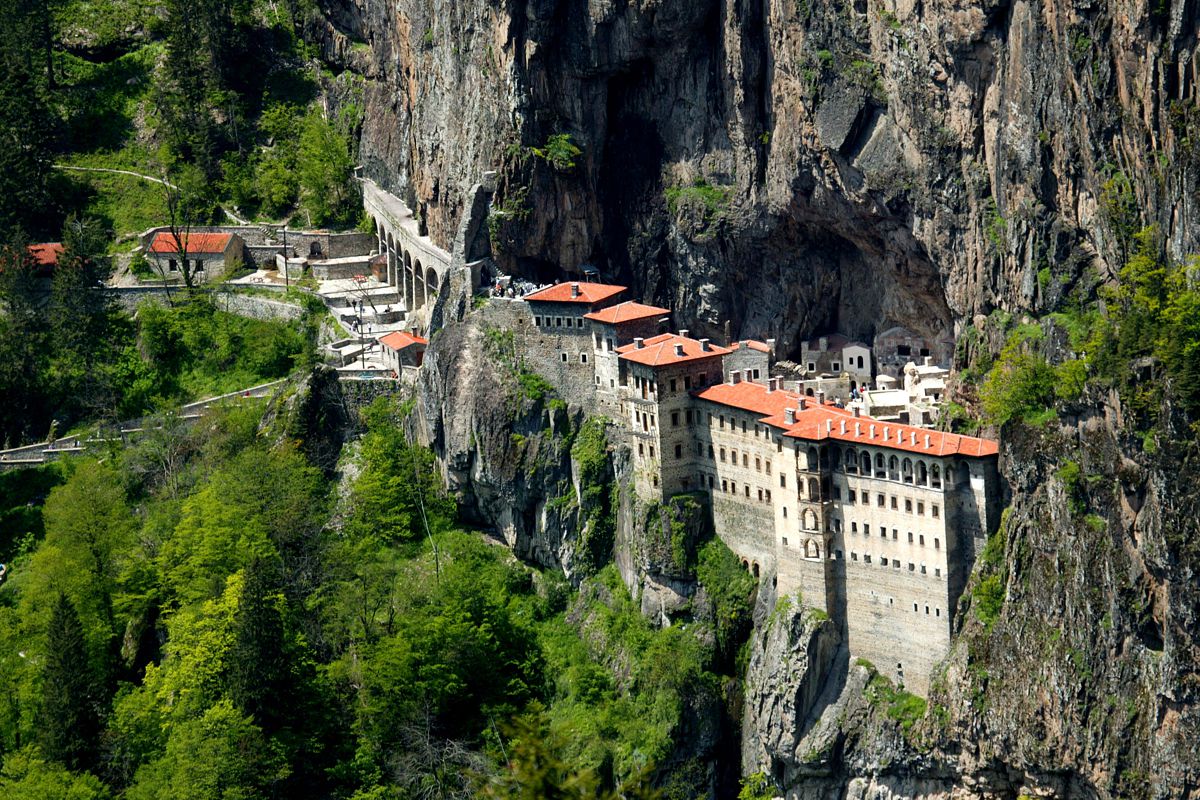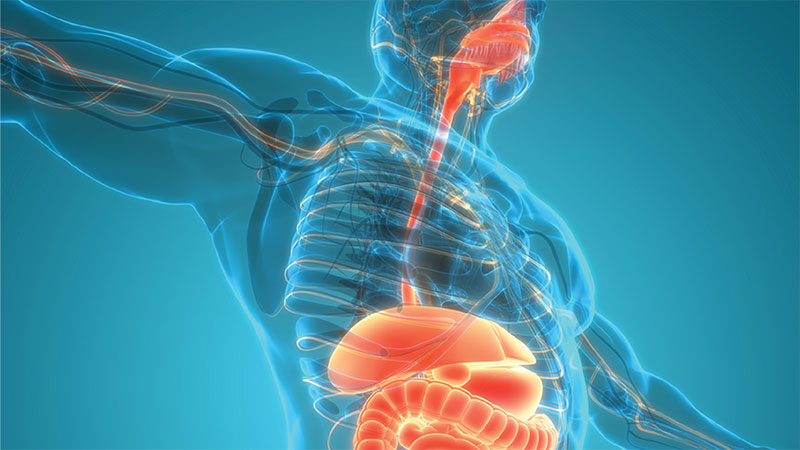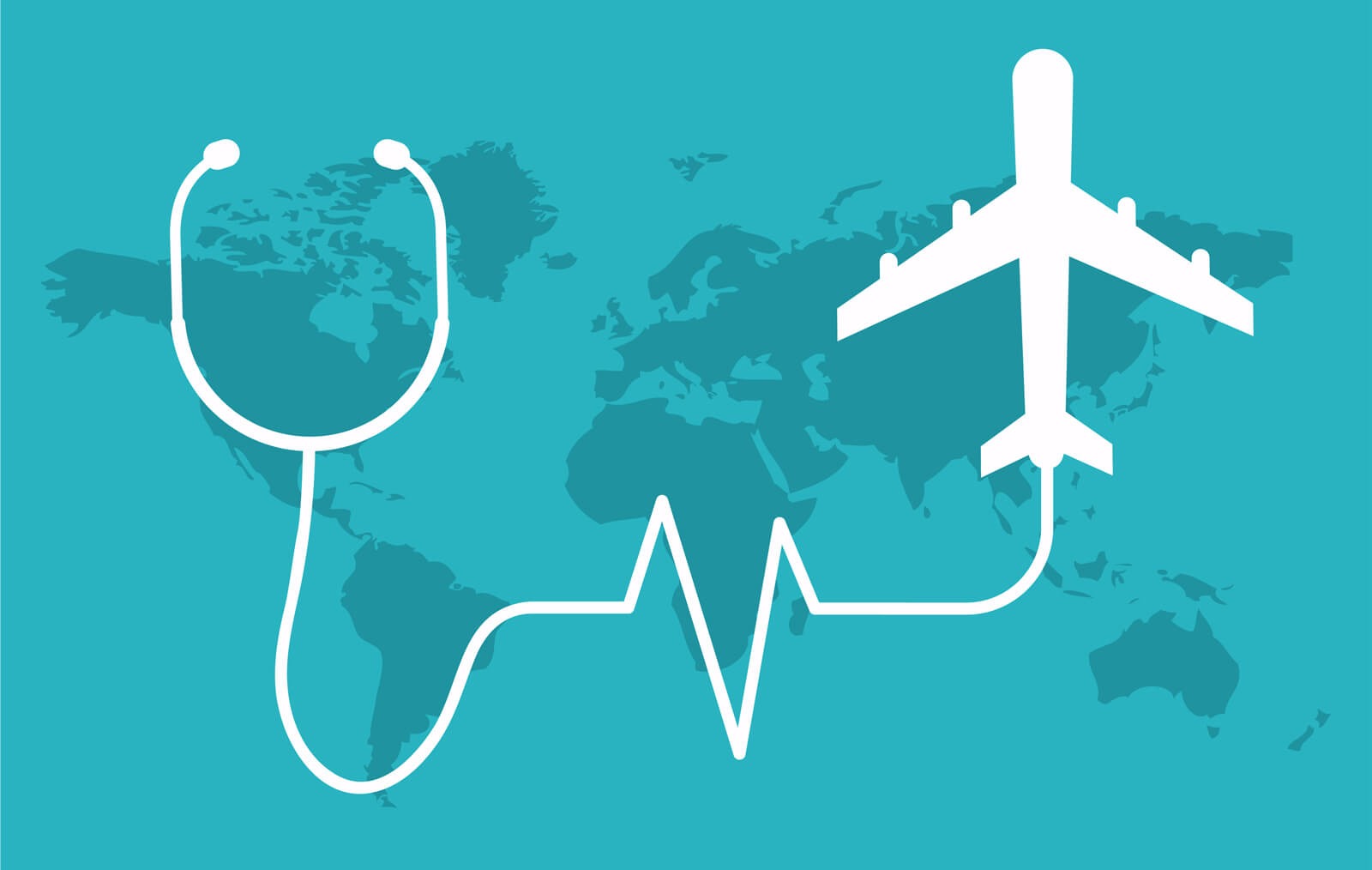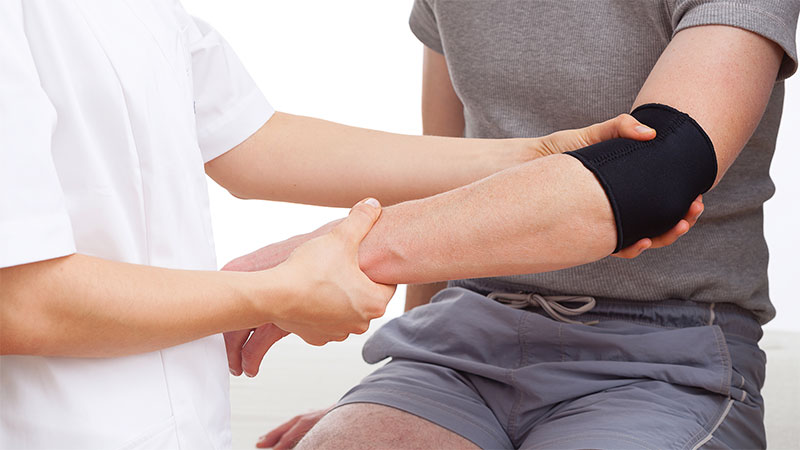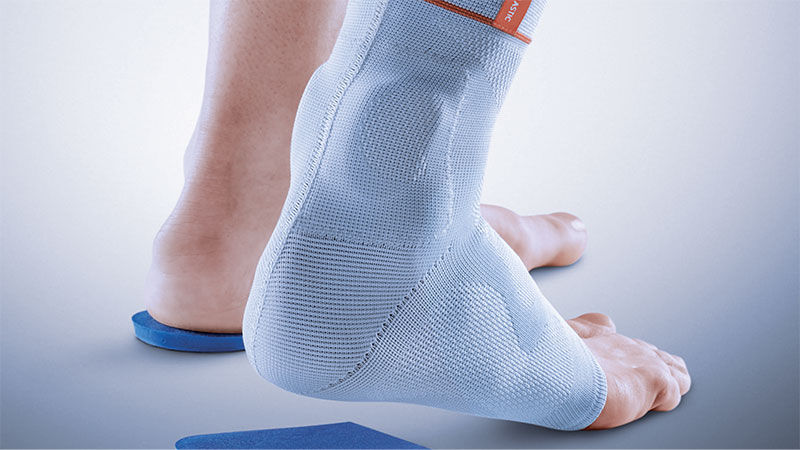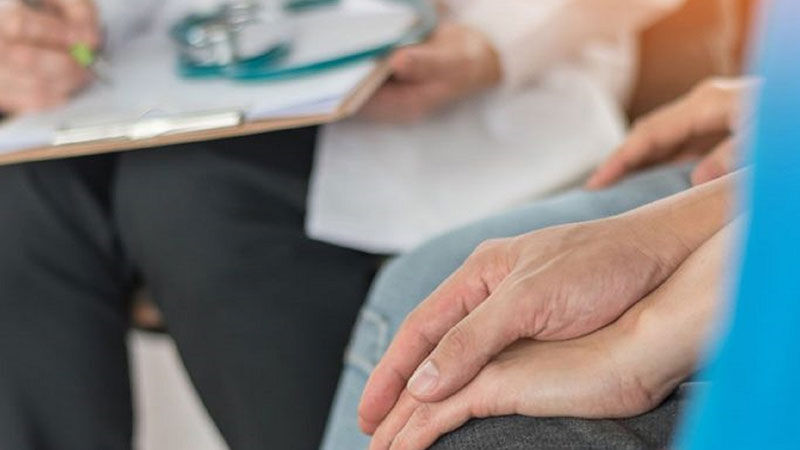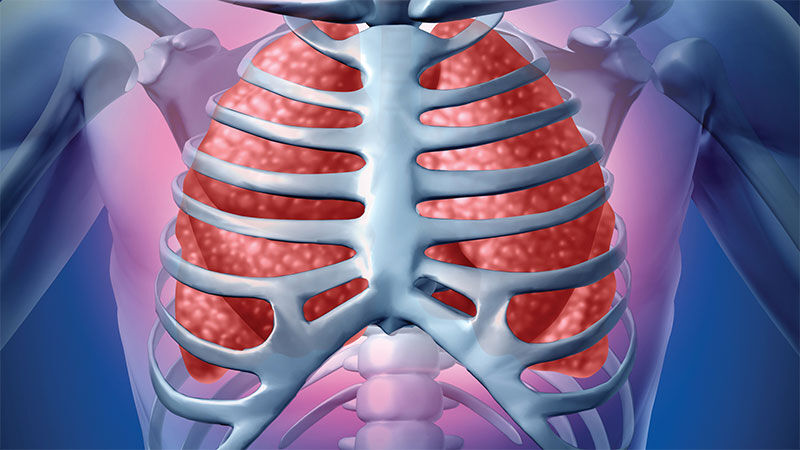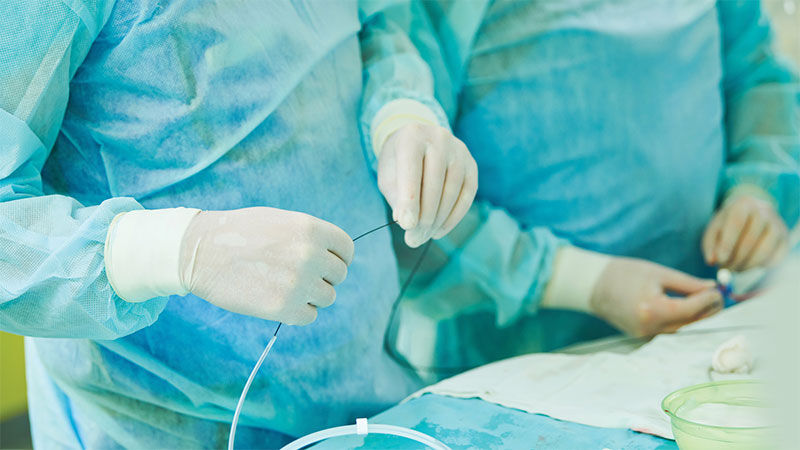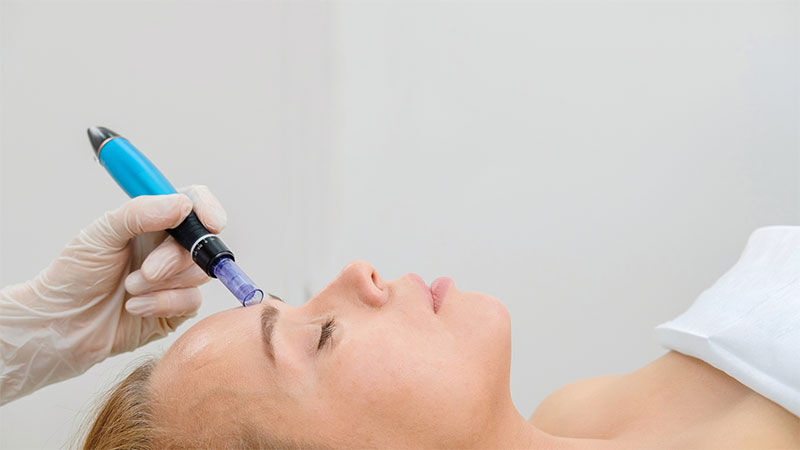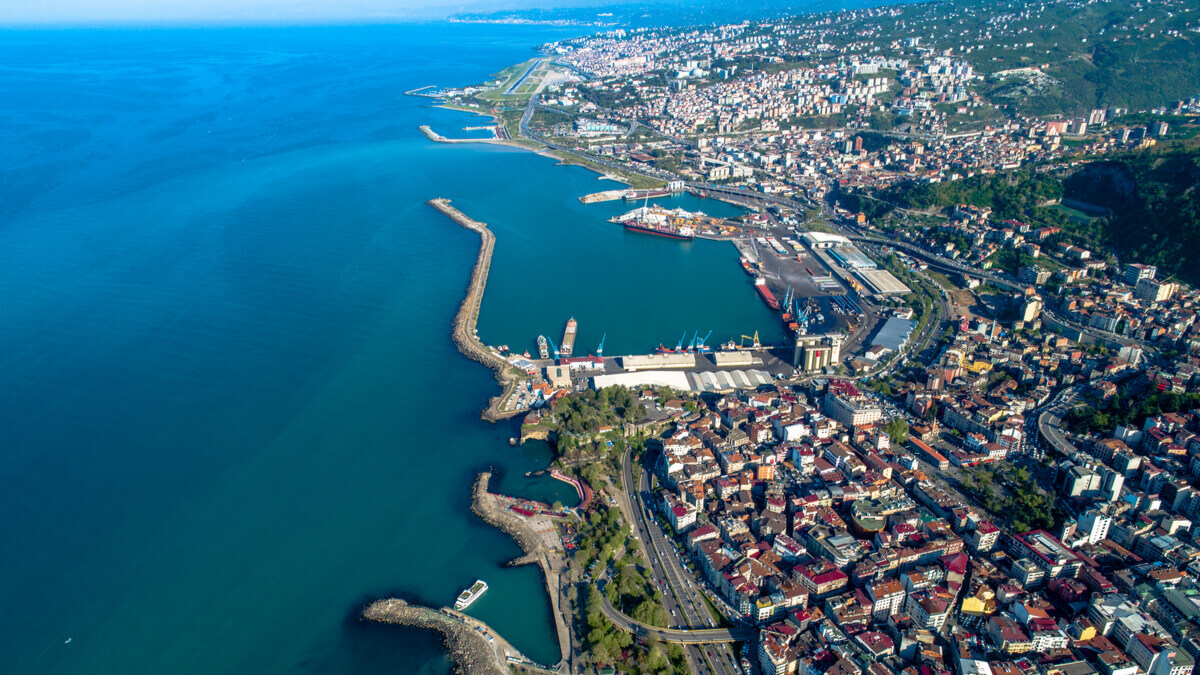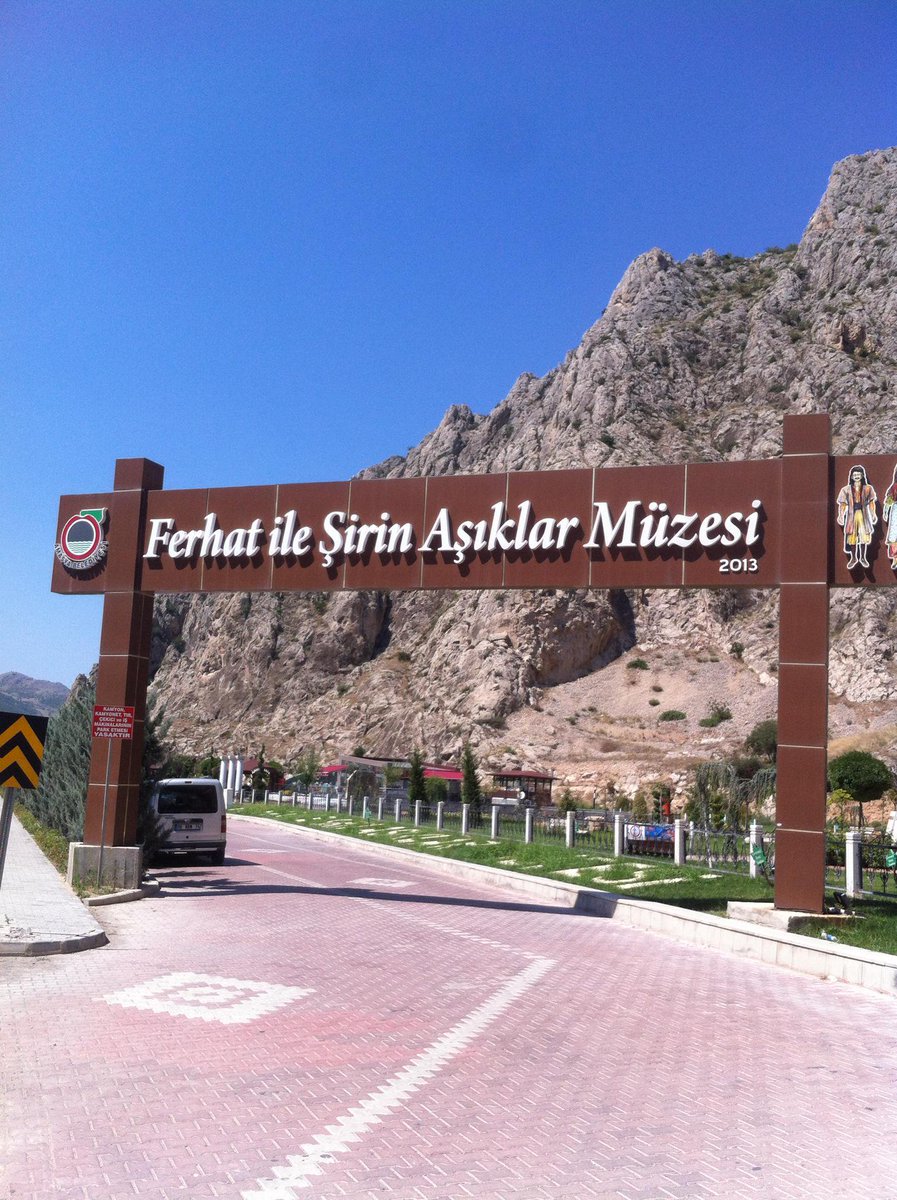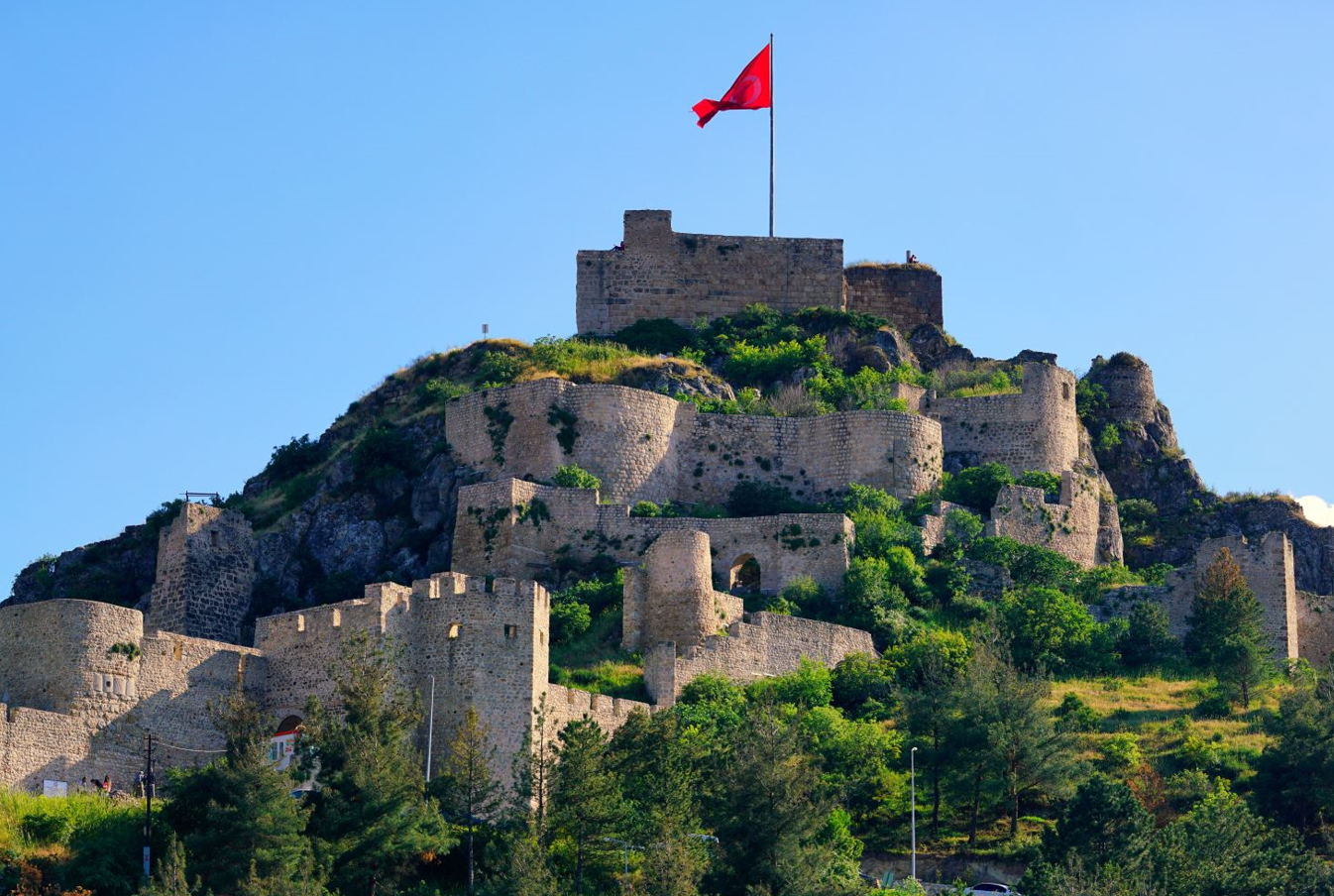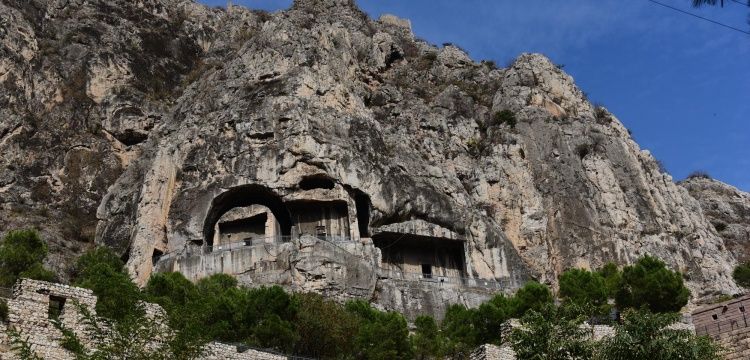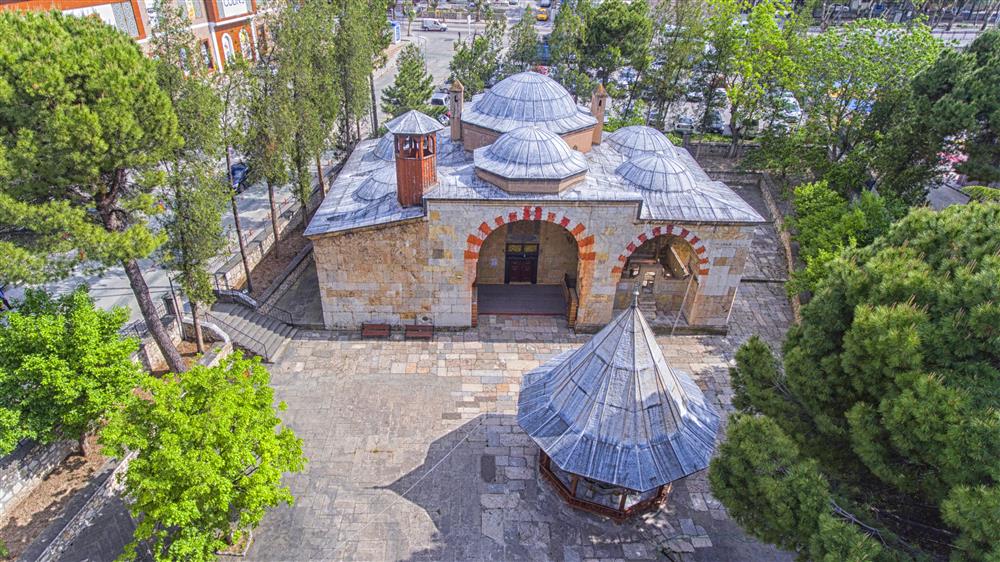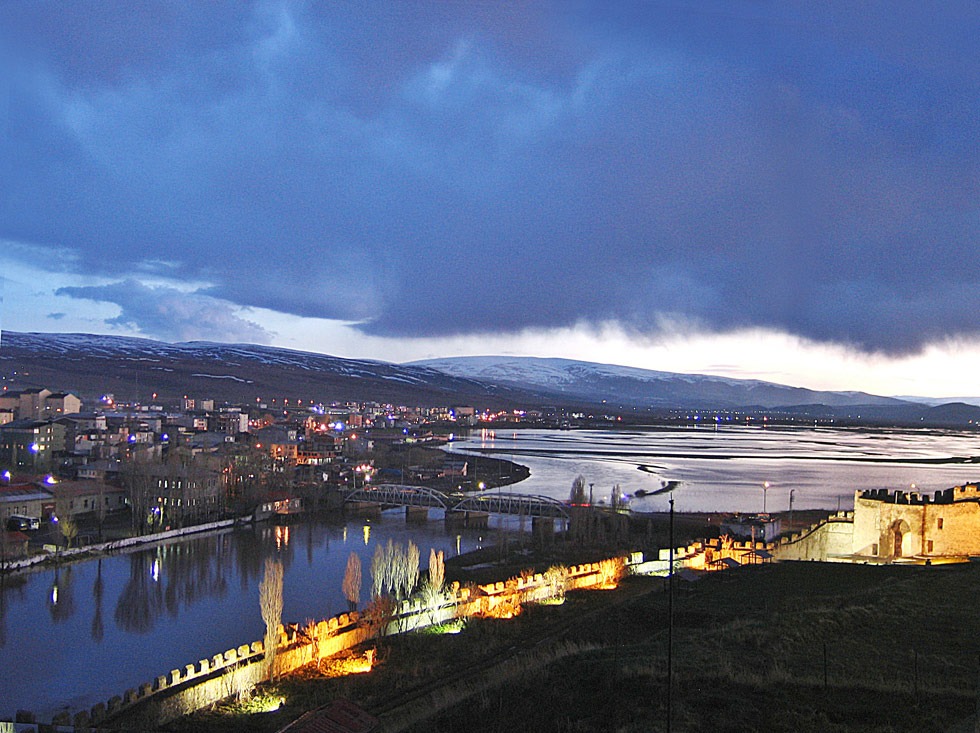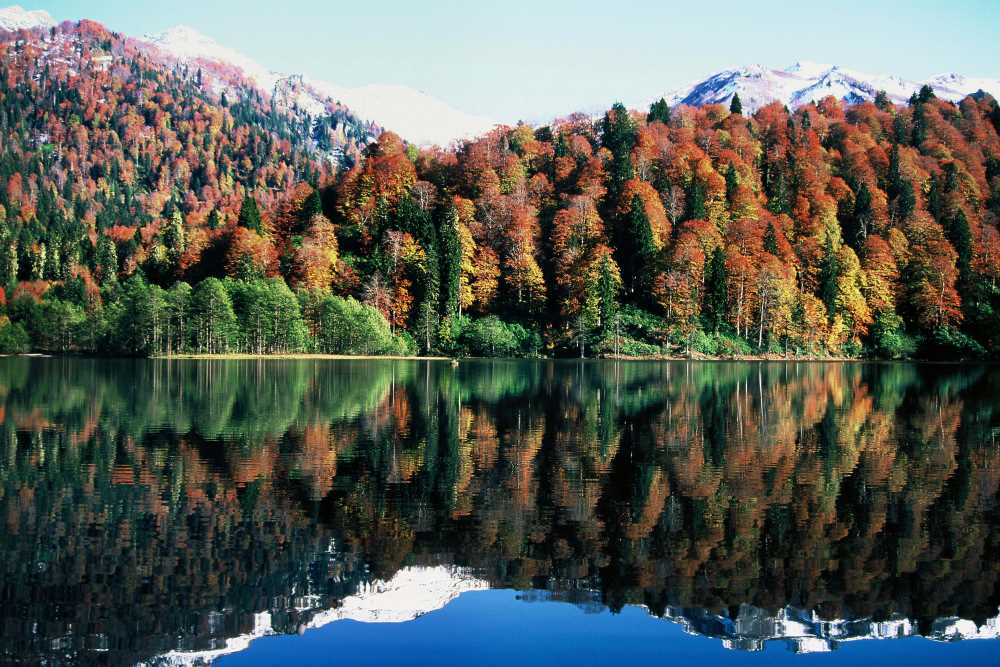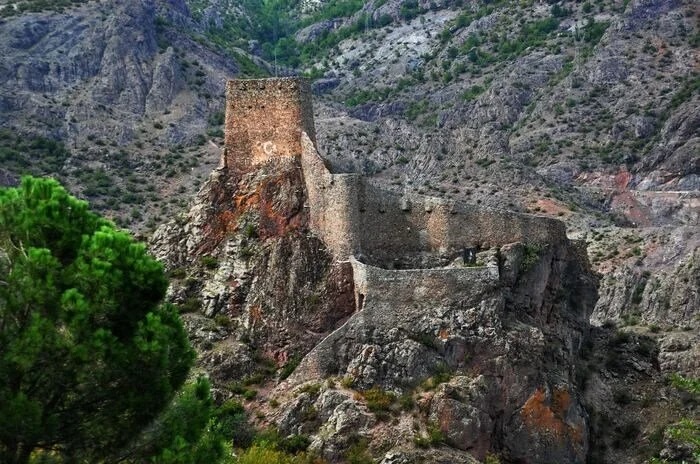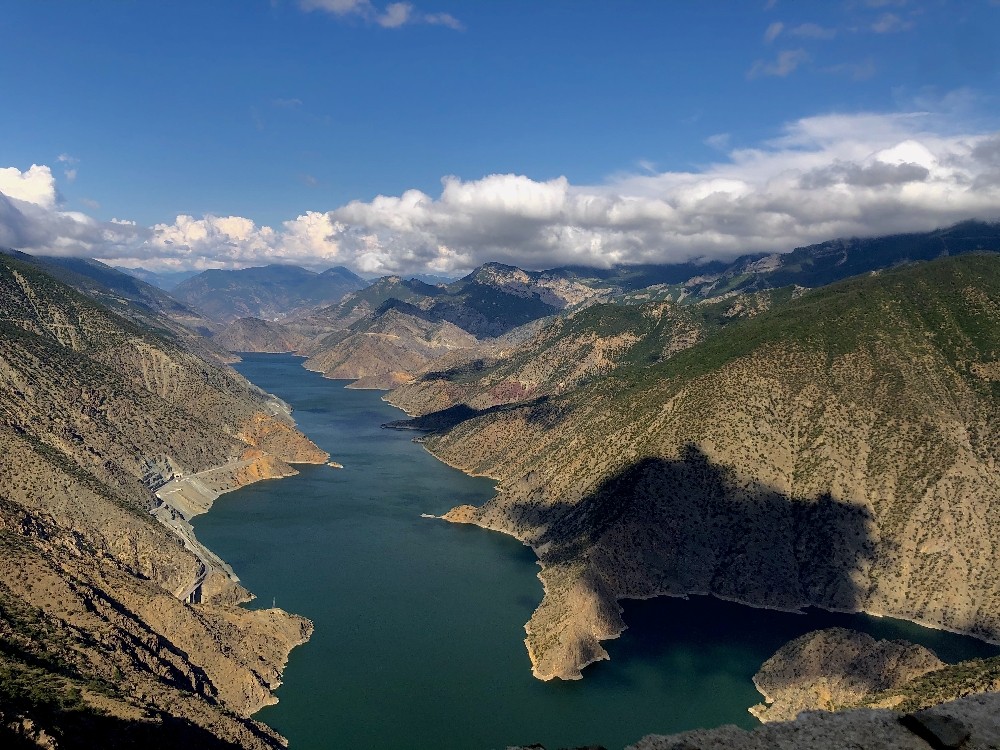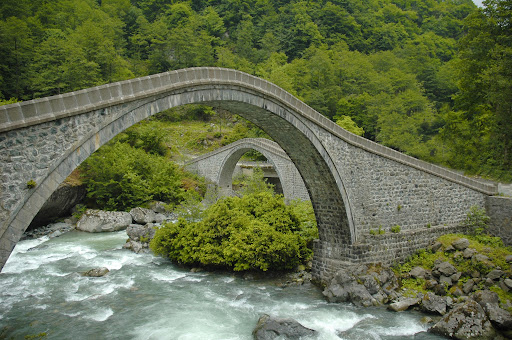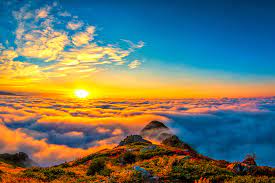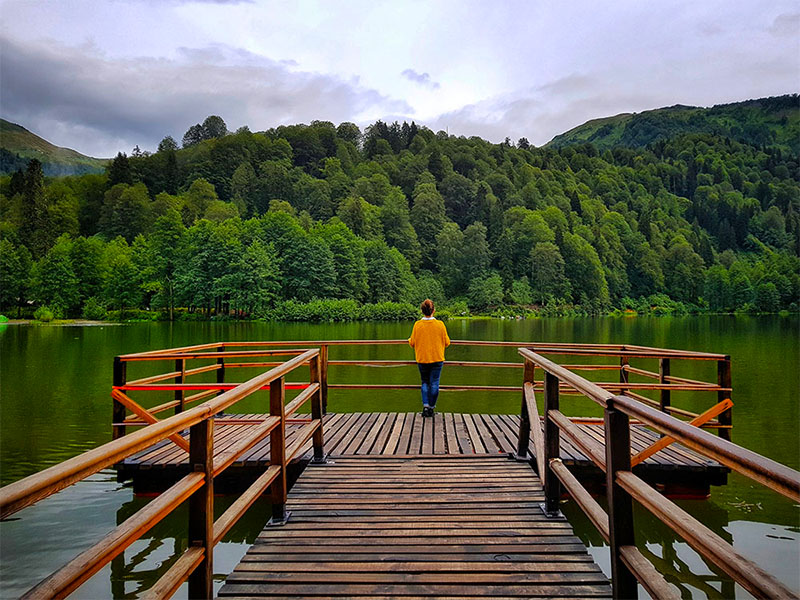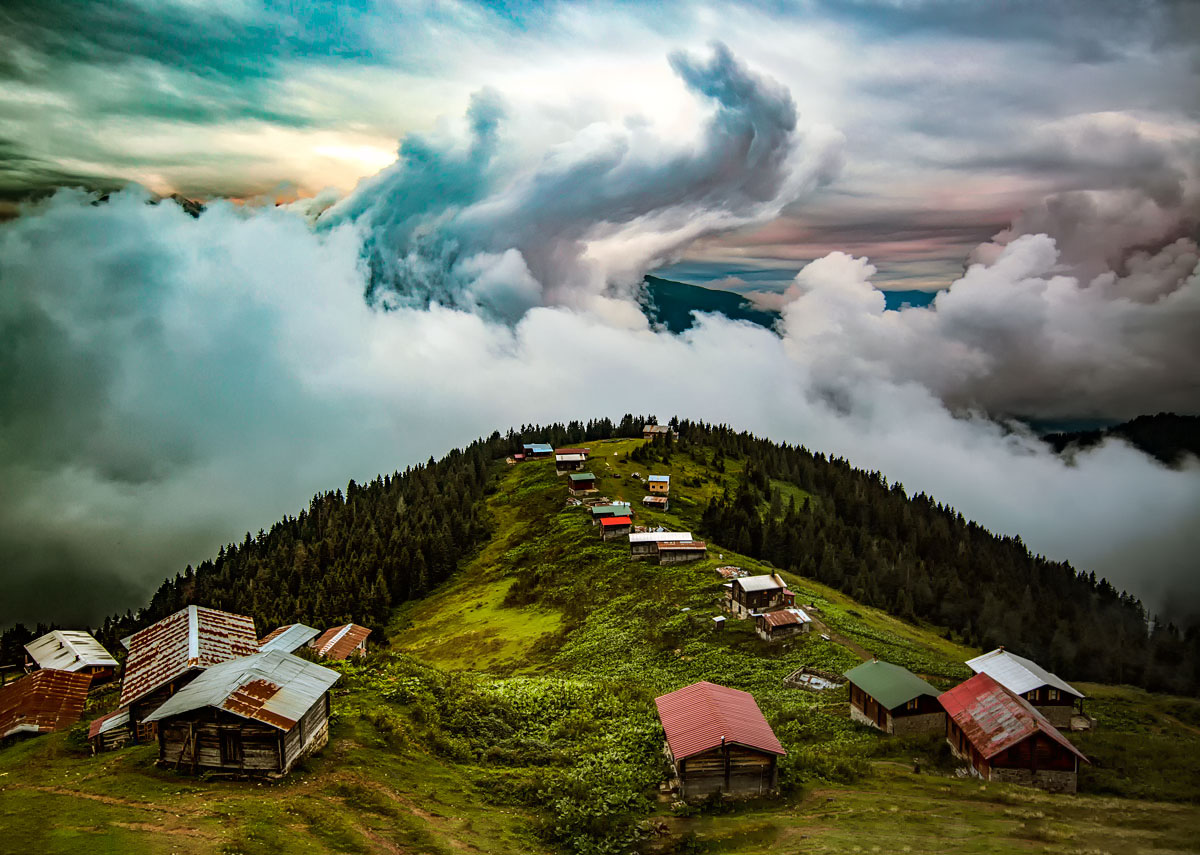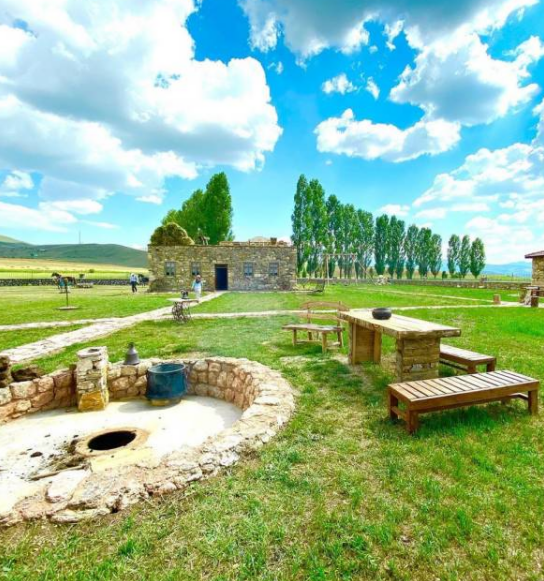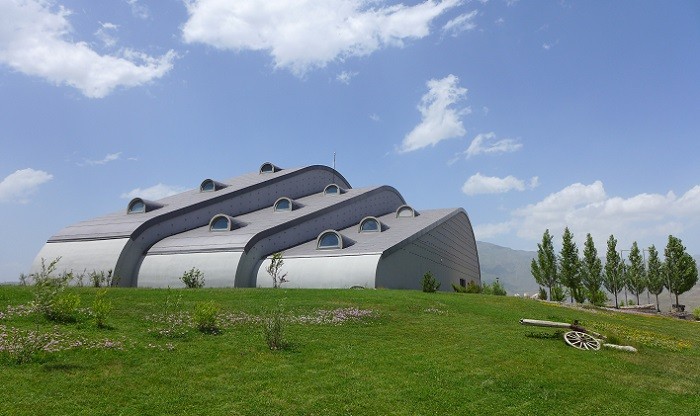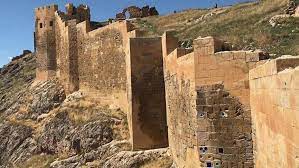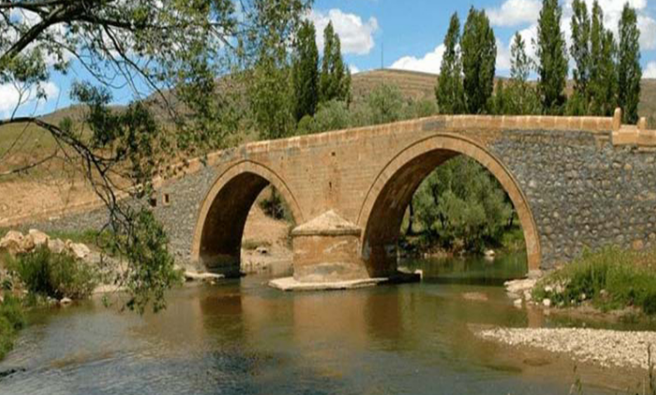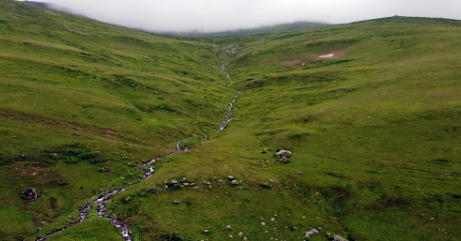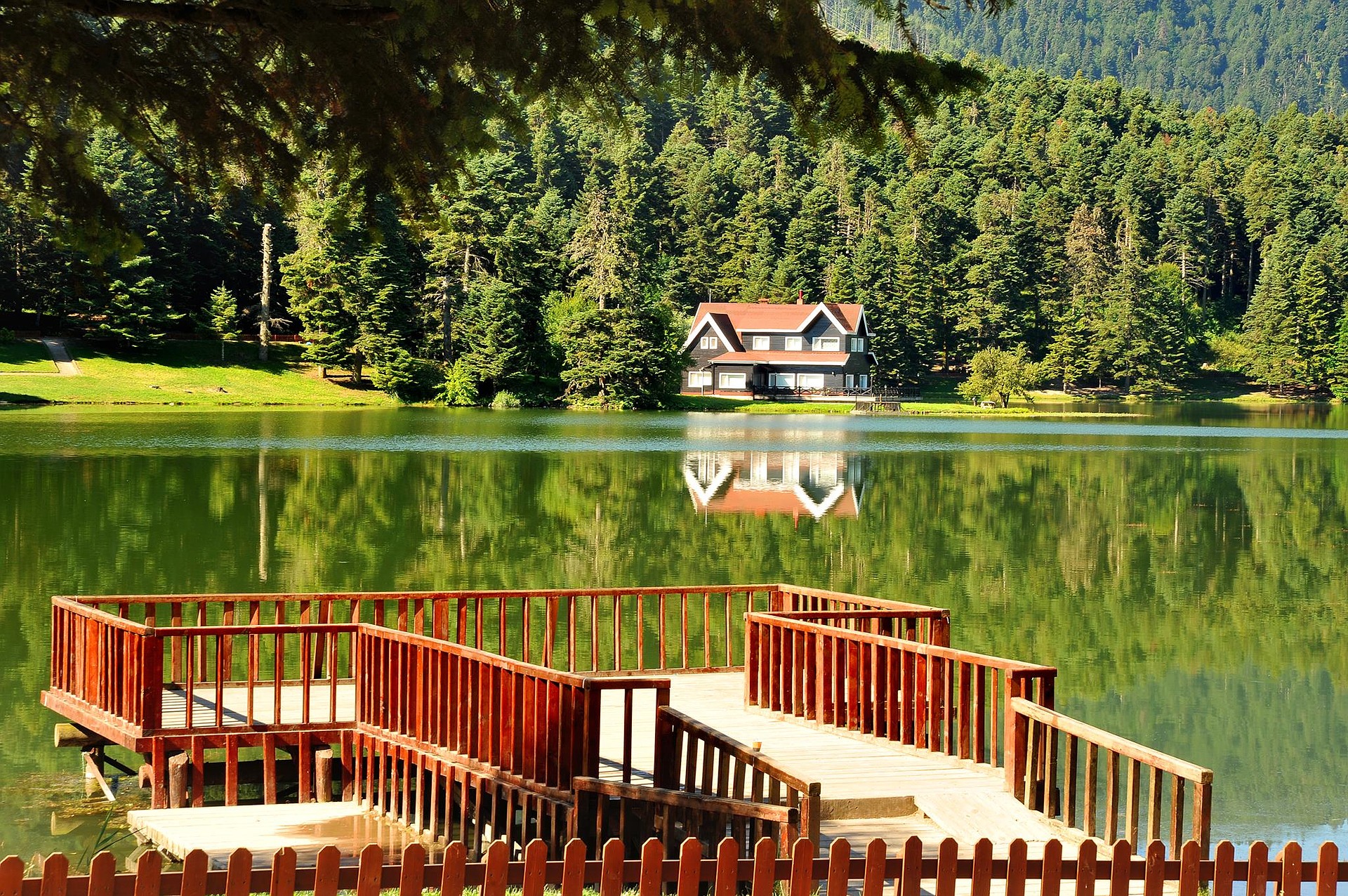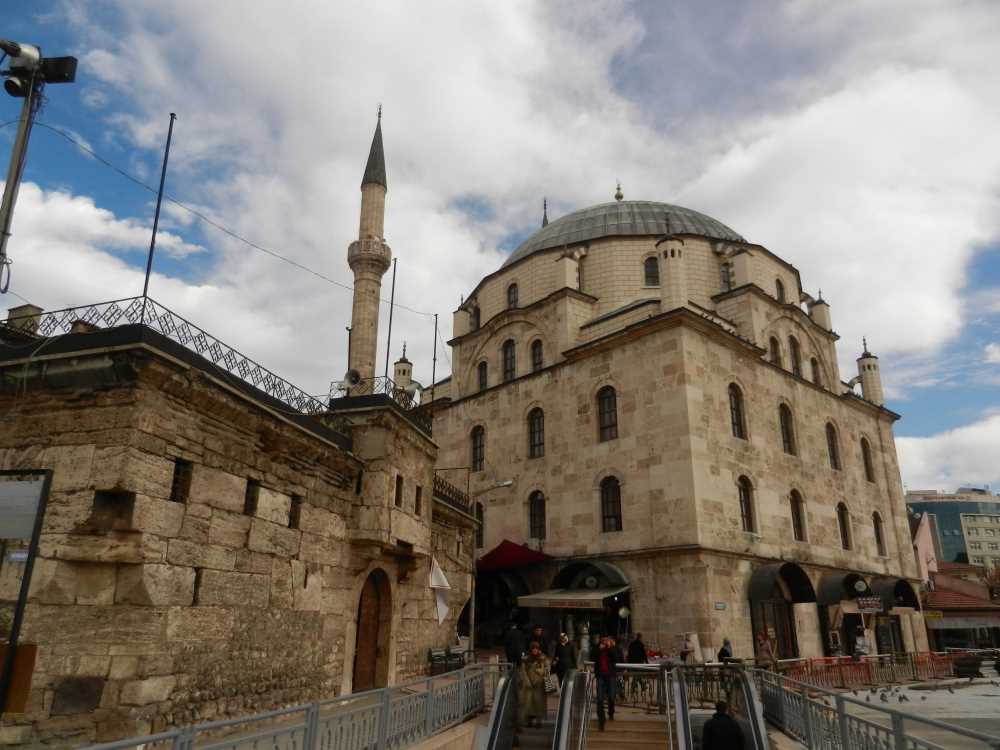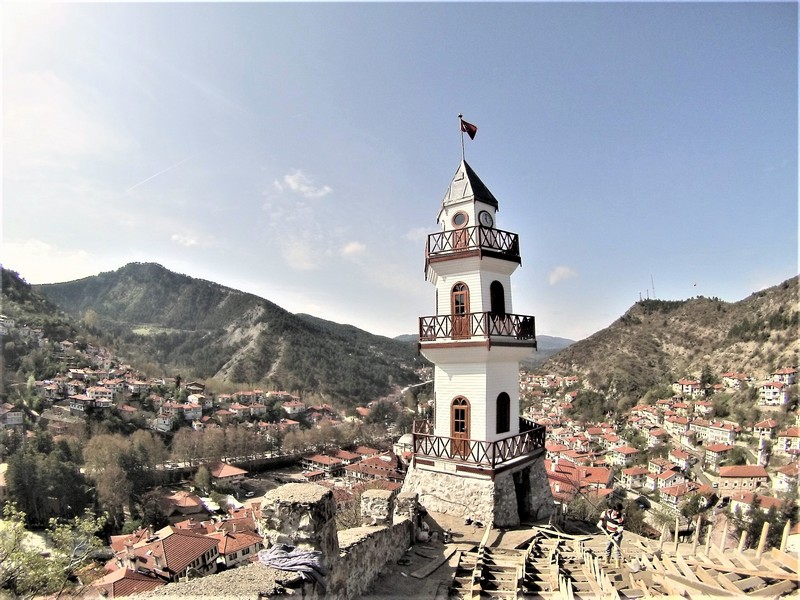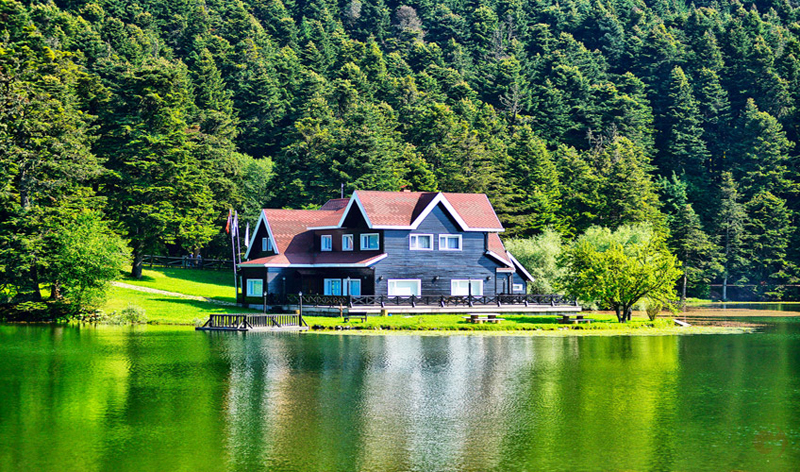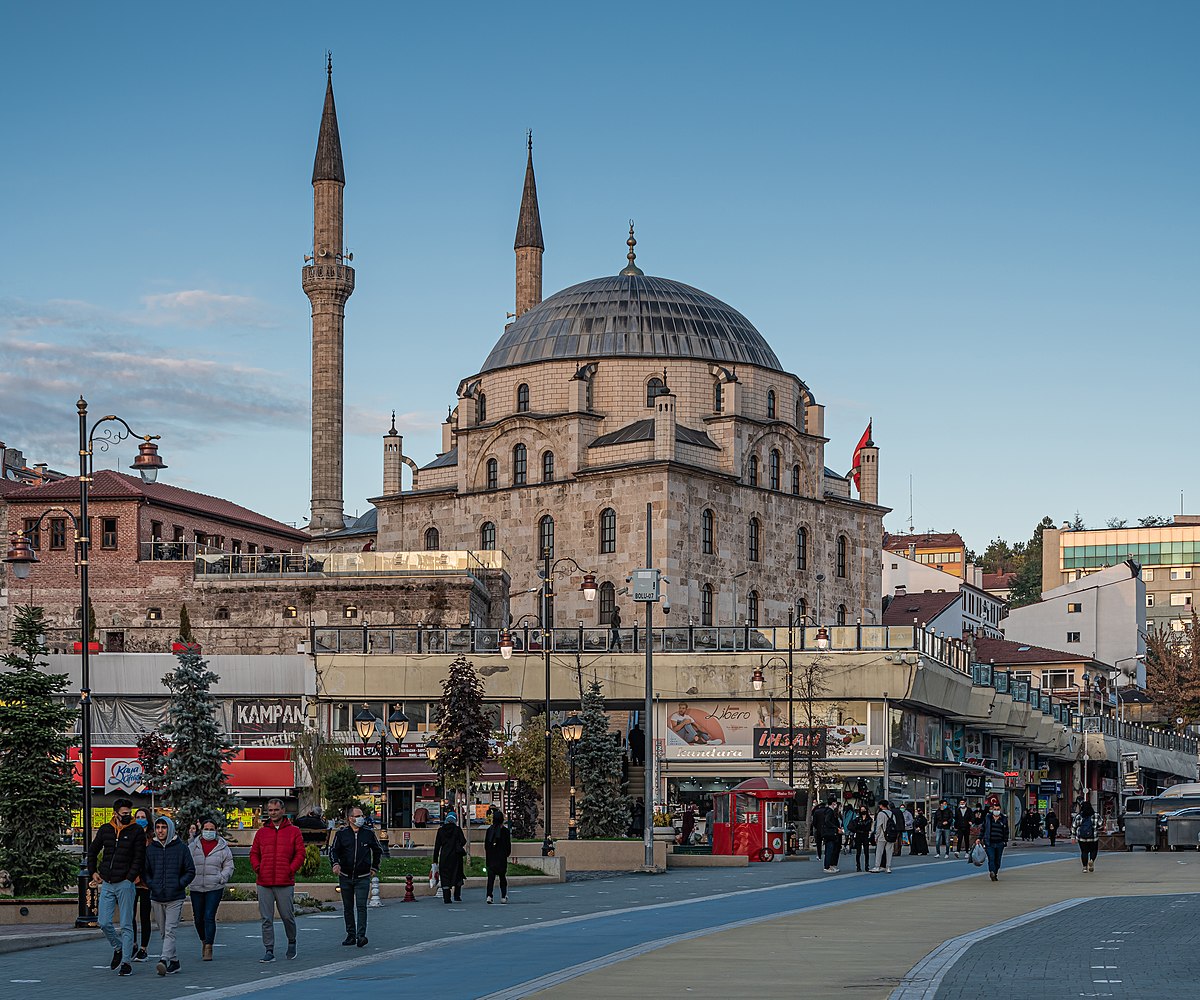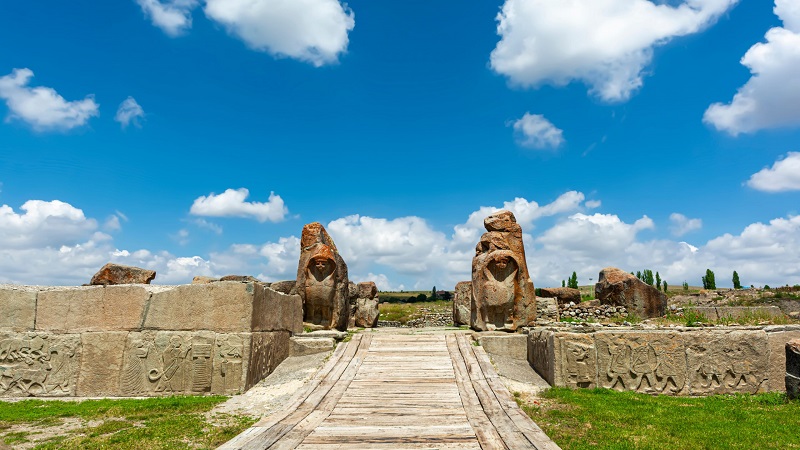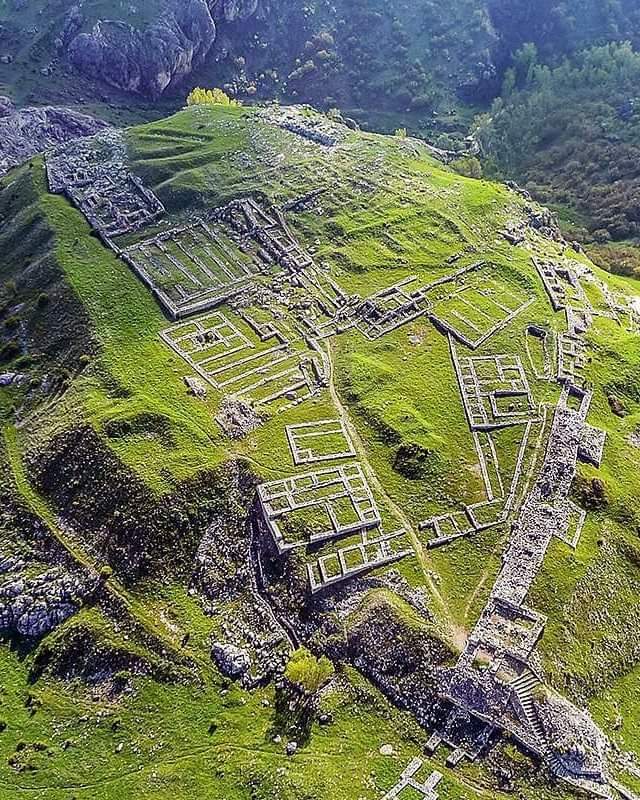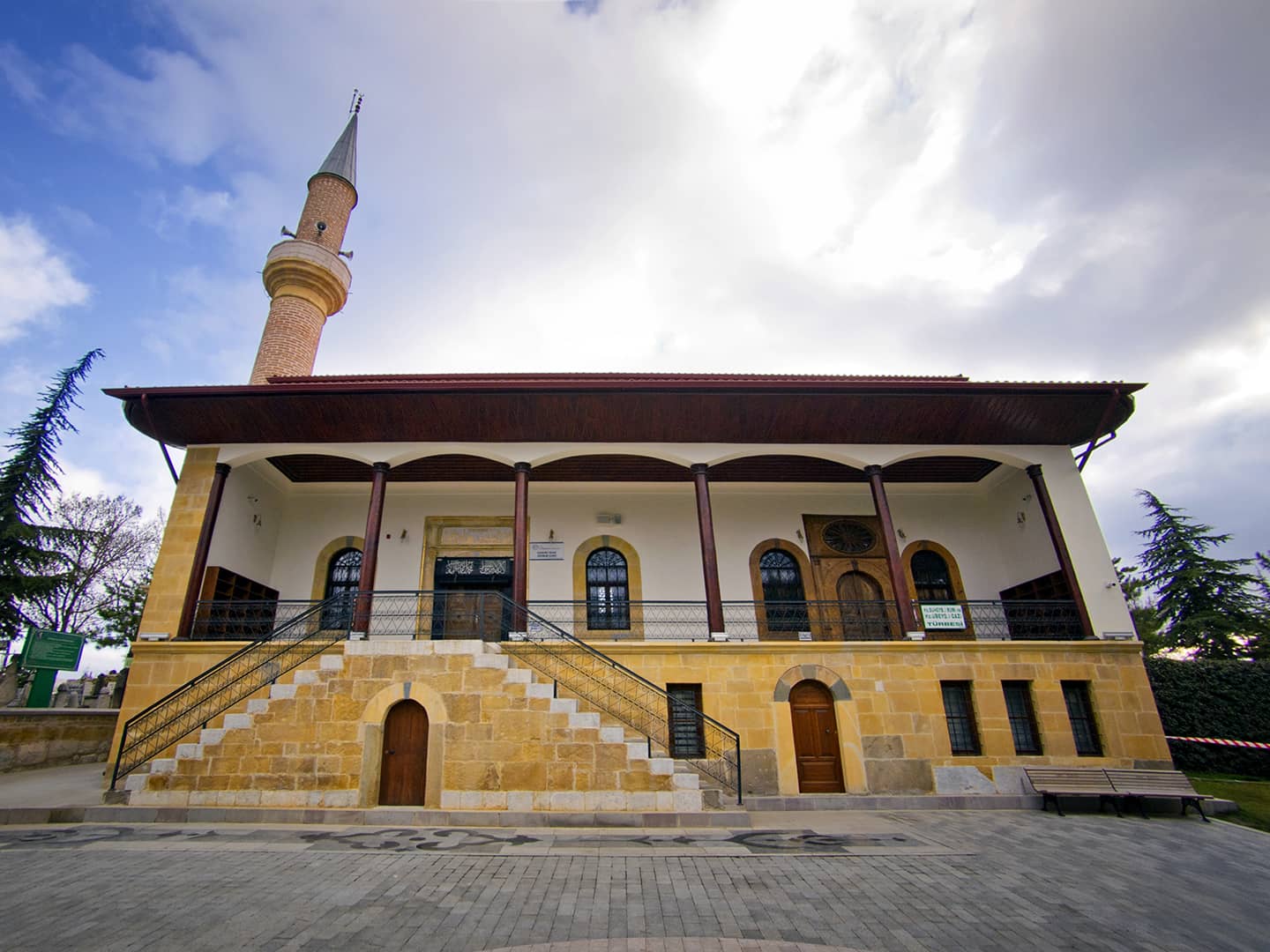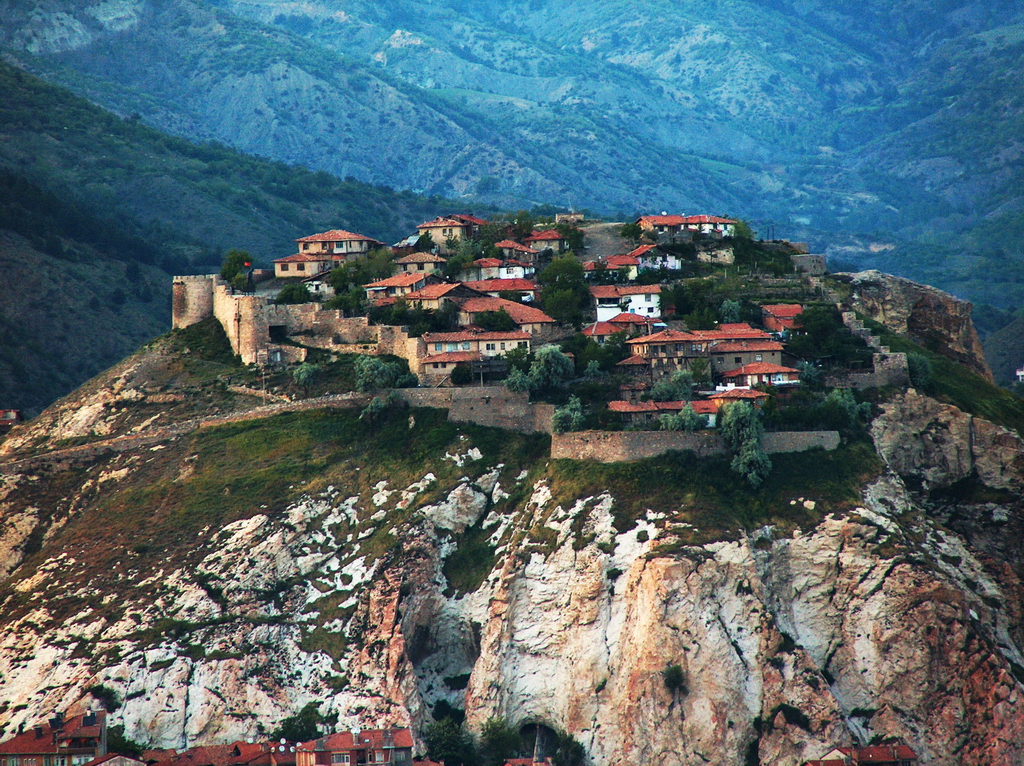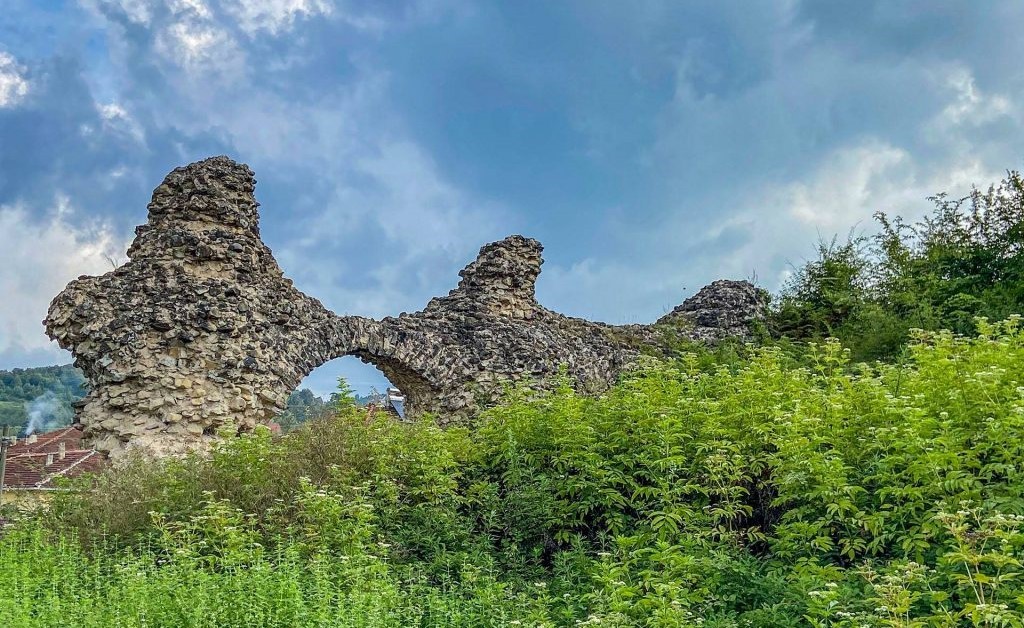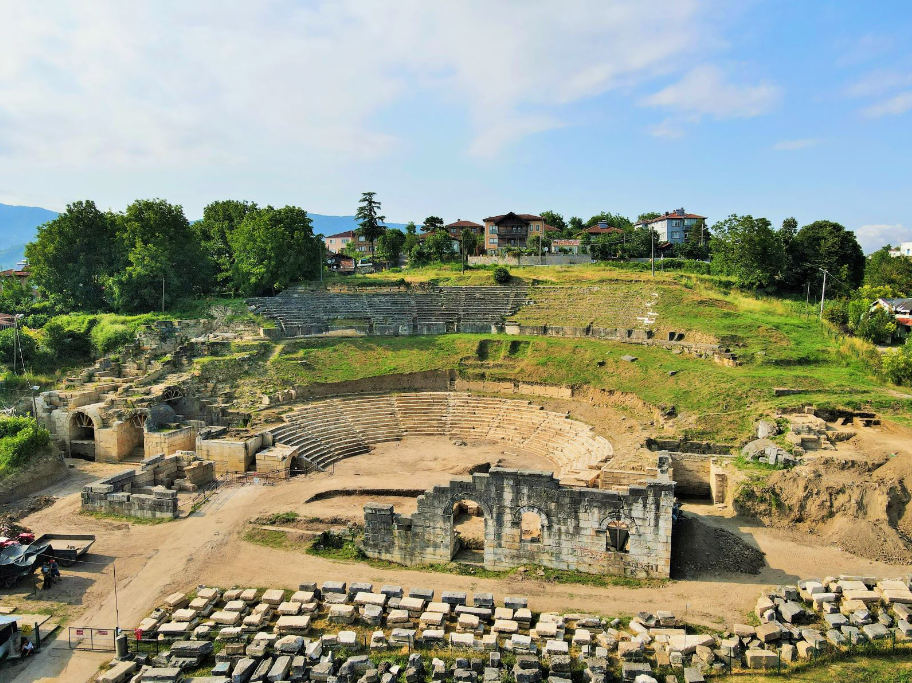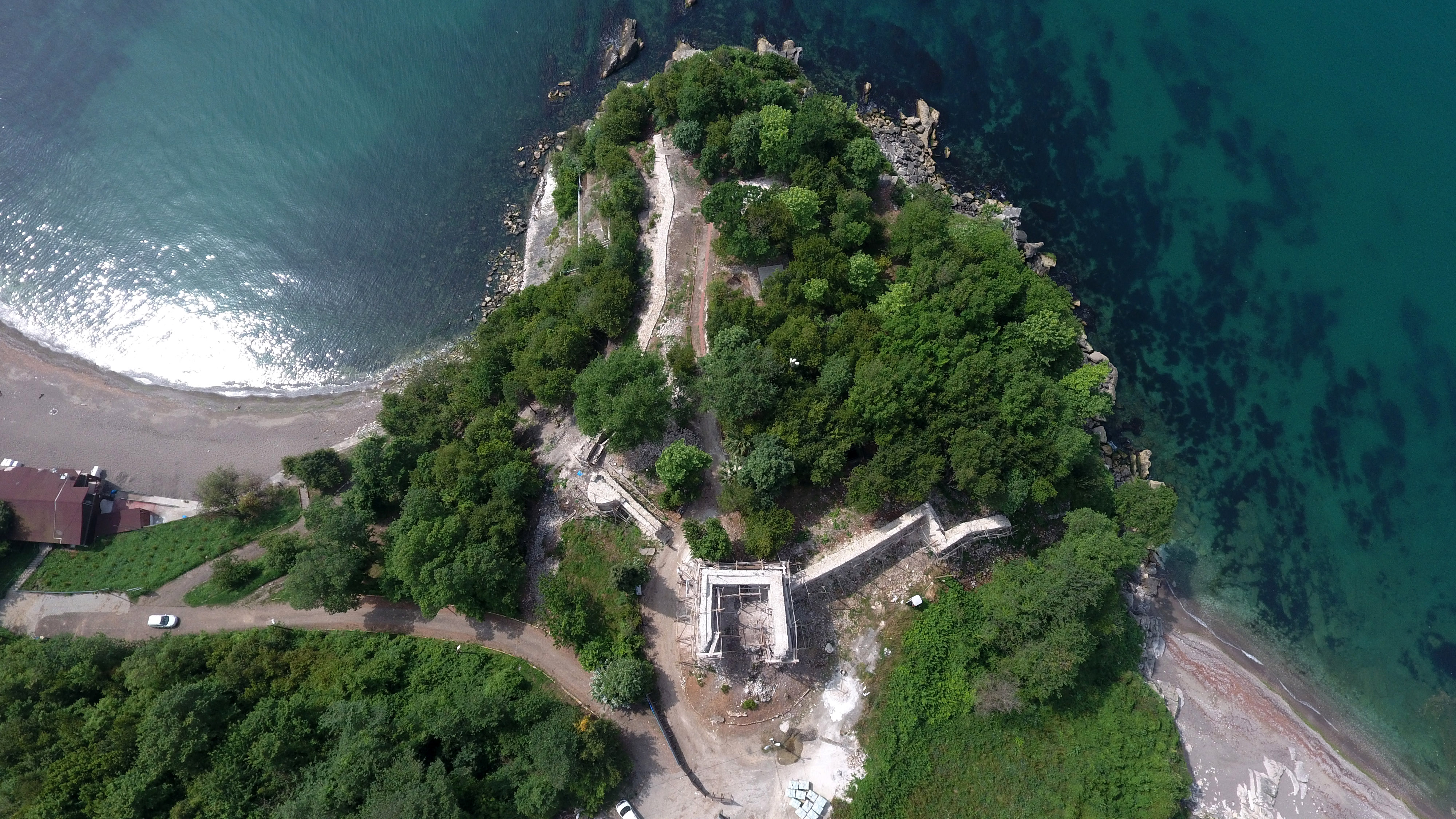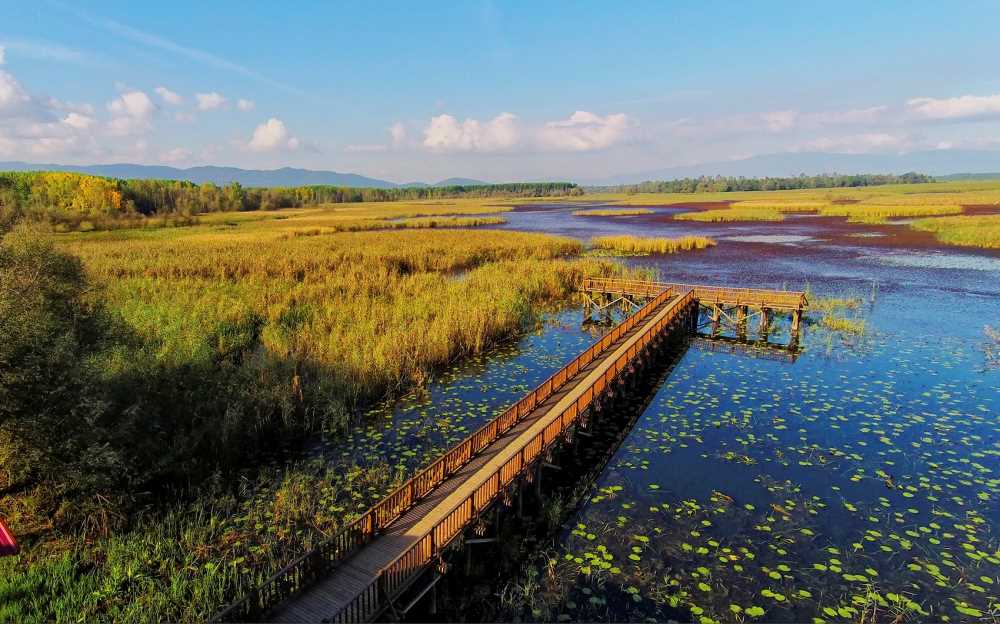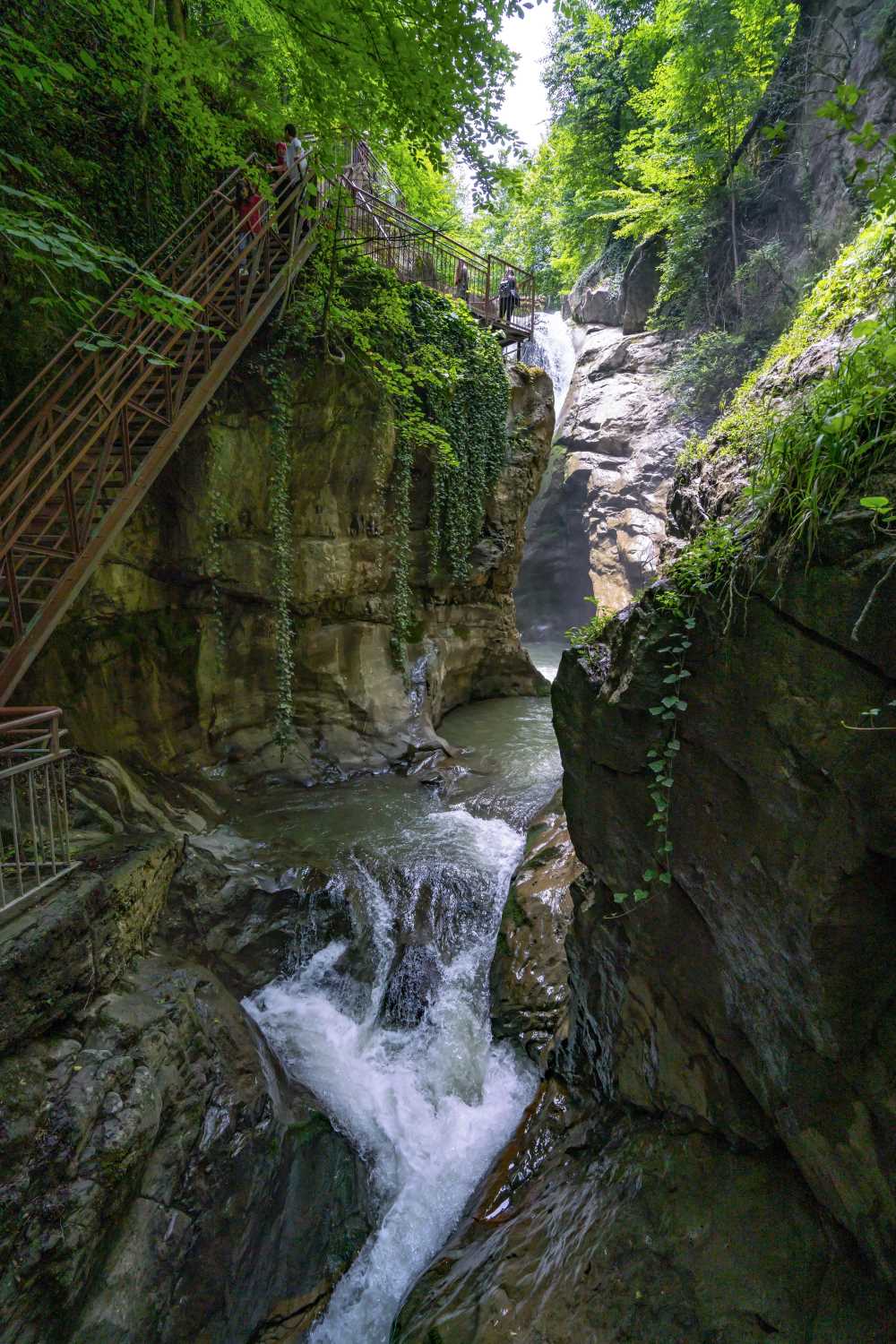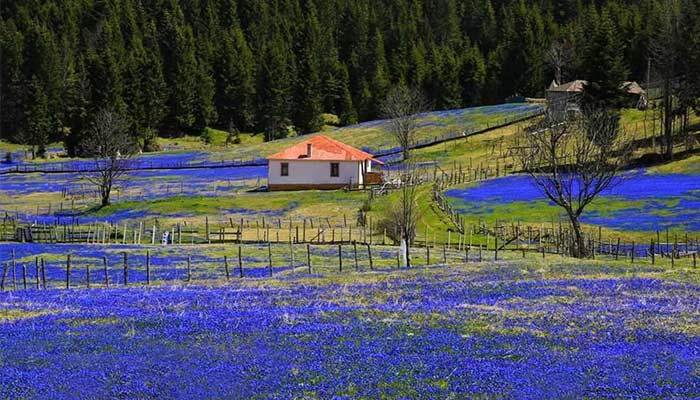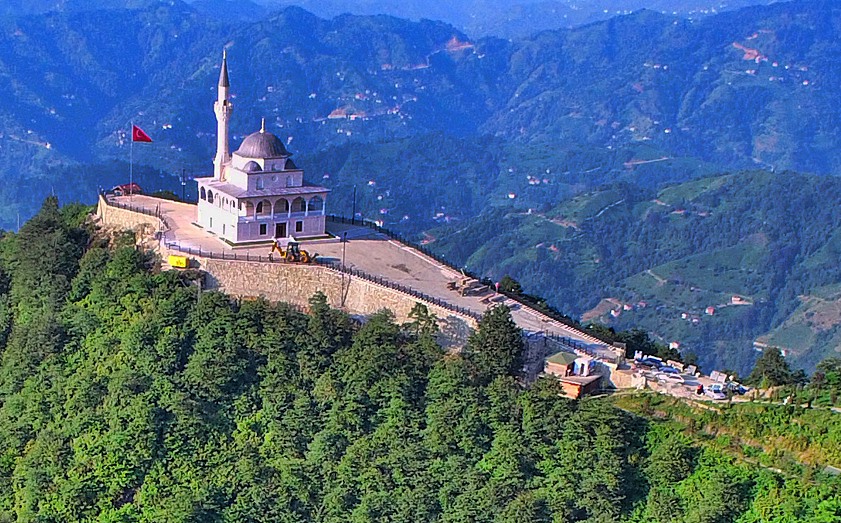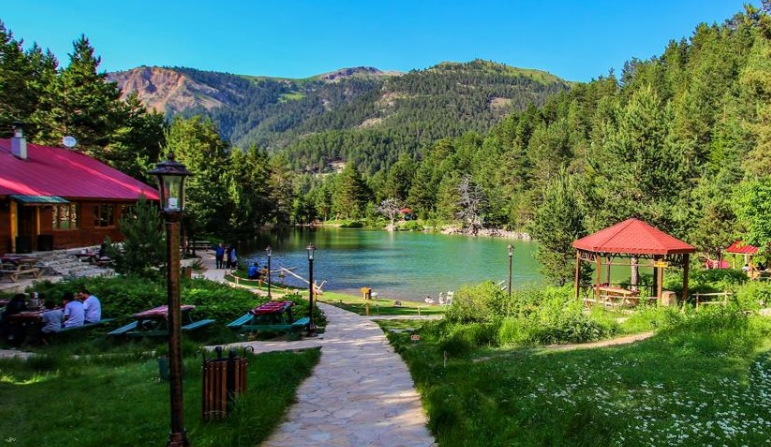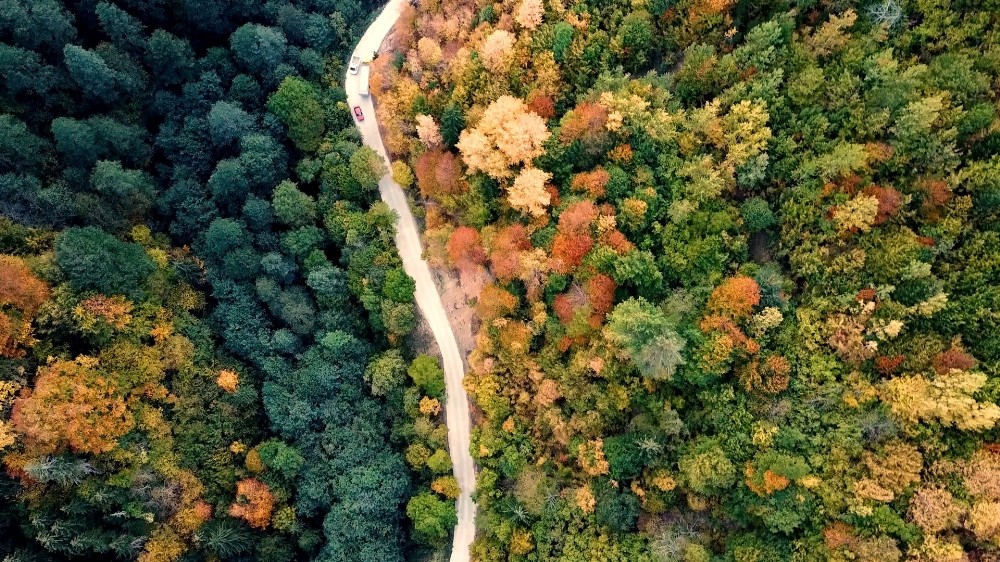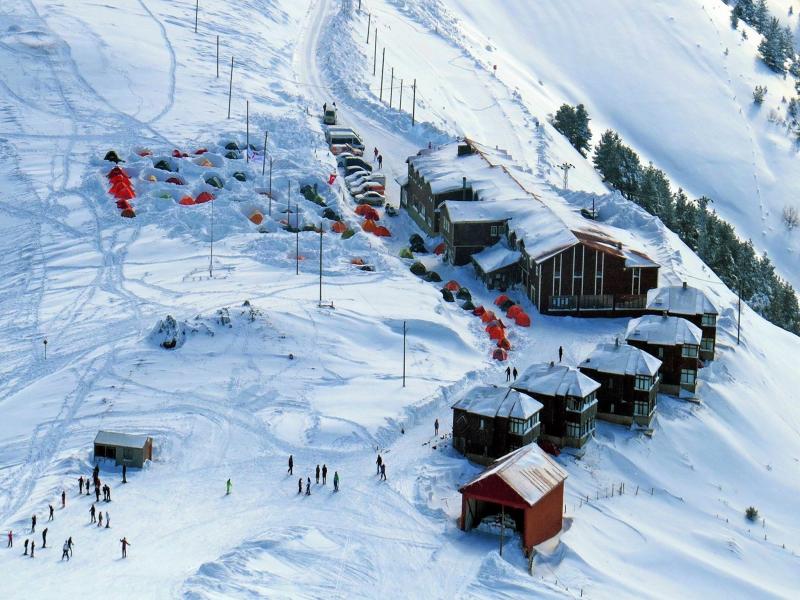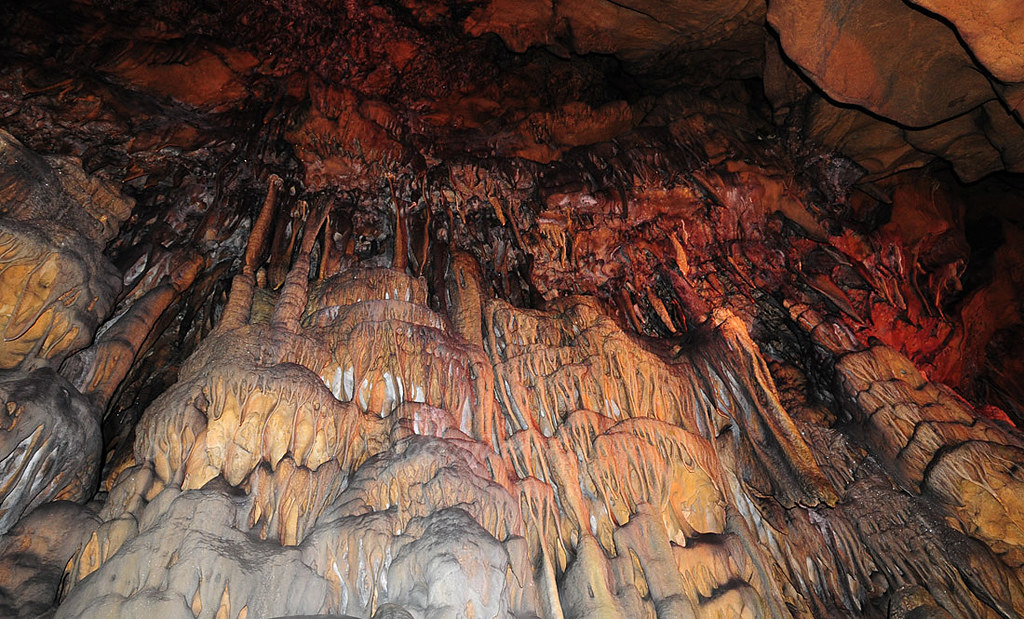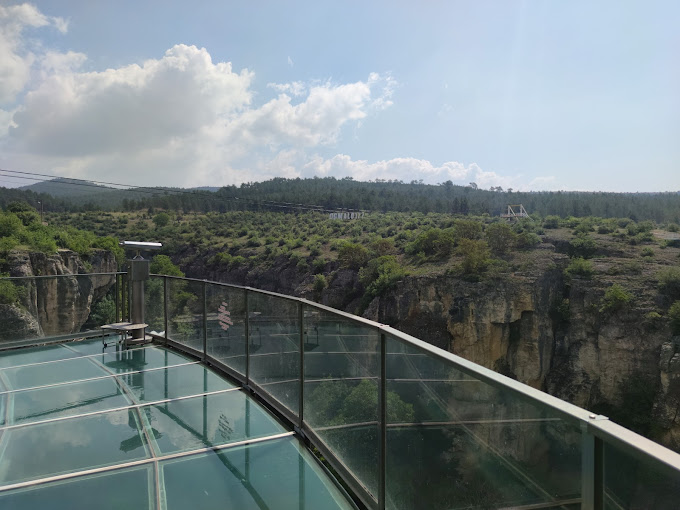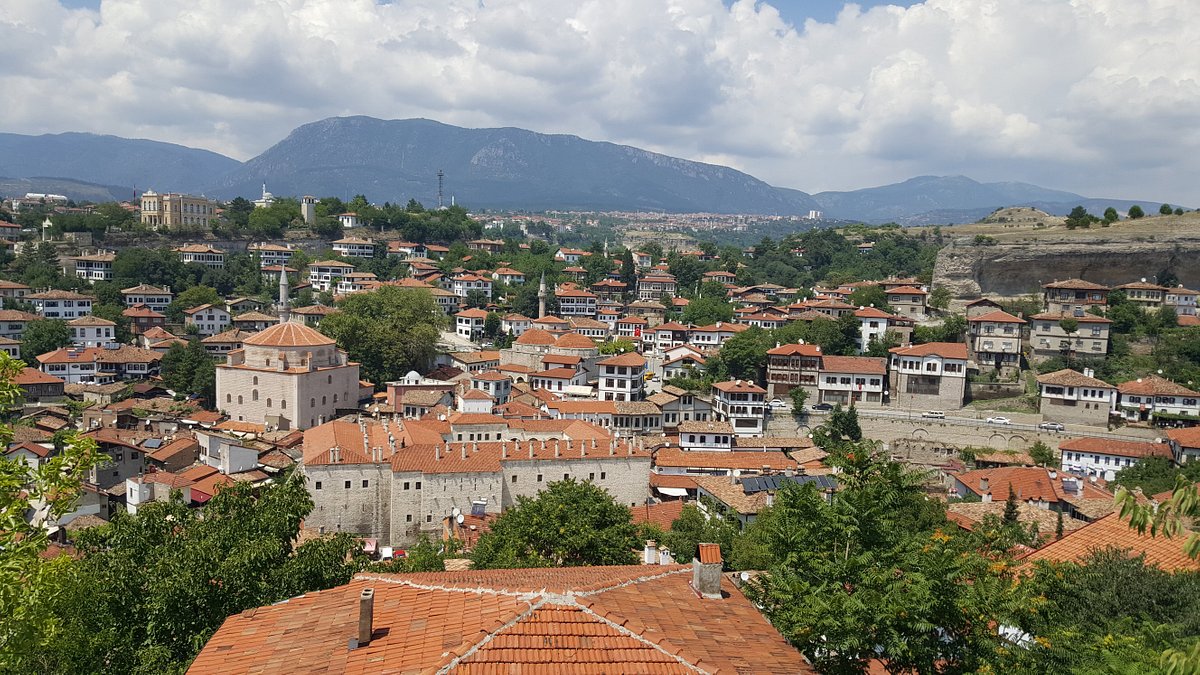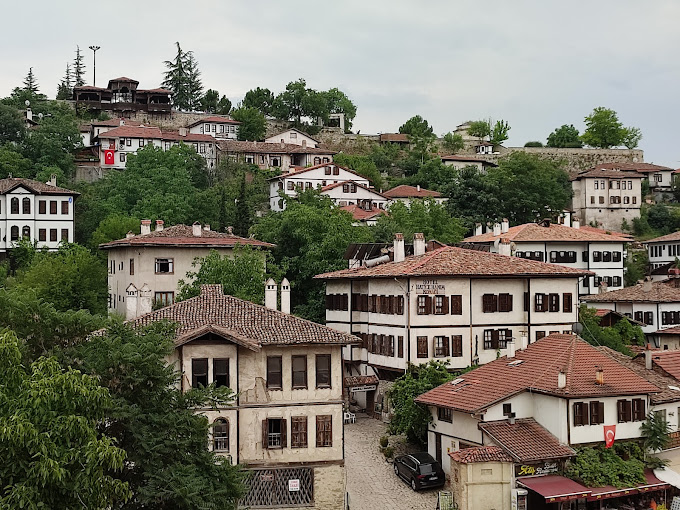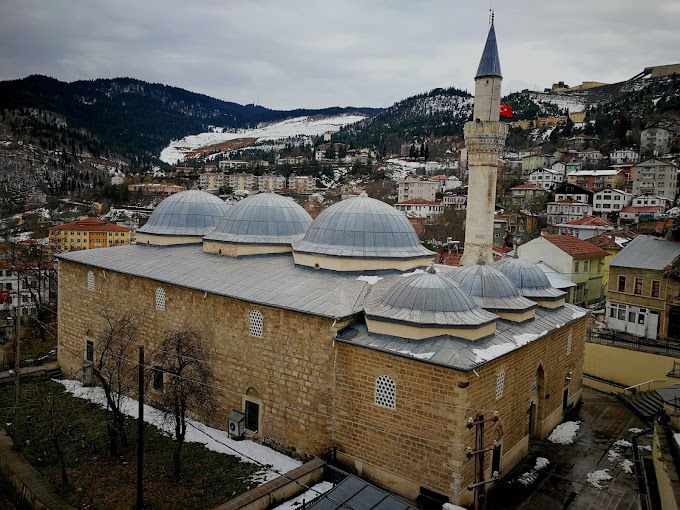Weaving
Mankind has given great importance to clothing in the struggle for life that has started since its creation. This importance given to clothing has made it more aesthetic and artistic with its new acquisitions in the following years. Sometimes in order to gain privileges among his fellows, and sometimes to attract the attention of the opposite sex, he always sought beauty and difference, and this subject has occupied a lot of agenda. So much so that for this purpose, an intercontinental commercial activity was provided, and for this purpose, he focused on the roads he tried to open at the cost of his life (Silk Road). As a side effect of this, there have been developments in many sectors and cultural ties have been established. Its geographical location and being the crossroads of international transportation routes enabled the production of the rarest textile products of the period in Tokat, where many civilizations developed and sprouted. It was ensured that new products and models were created by expertly benefiting from the clothing of foreigners of different colors and cultures, who stayed in the city and came to Tokat for trade (Far East, Africa and Europe). These new models and products produced have played an important role in the development of world textile by being transported to other countries in this way. Evliya Çelebi mentions the following regarding this issue: "The white and pink cloth… is not made in the land of lahore (India). he speaks. This issue has attracted the attention of European travelers who have visited Tokat. Jean Taverner, referring to the trade routes passing through Tokat, "The most remarkable aspect of Tokat is that it is one of the major transit centers of the east. Caravans flowing uninterruptedly from places such as Iran, Diyarbakir, Baghdad, Istanbul, Izmir, etc. pass through here." Joseph Tournofort; "Tokat should be considered the center of Asia Minor trade." he speaks. It also tells that the raw silk imported, especially from Iran, is processed and 4000 kg is used as fabric, kazaziye, sewing thread and button, and the rest is exported. Charles de Peyysonel, who was the Crimean-French Consulate in the 18th century, tells in his book that 500,000 balls of Tokat Fabric were sold only to Crimea, Russia and the Caucasus, because the fabrics produced in Tokat caused the biggest blow in the sales of French fabrics. Numerous examples can be given in this regard. 17th century Tokat, which was a Voivodeship exclusive to the Valide Sultans at the beginning, has made progress in the development of other sectors, especially textiles. An important part of the clothing needs of all palace members, especially the Valide Sultans, was produced in Tokat workshops. It was also sent as a gift to the palaces of many countries. Many textile products, from gold belt covered with emerald stones to silk fabrics, were produced in Tokat and used in palaces. Today, cloth weaving continues in the village of Merkez-Günevi. While rug, cecim and carpet weaving is carried out in many of our villages, socks weaving is done intensively especially in Tozanlı villages of Reşadiye district.





